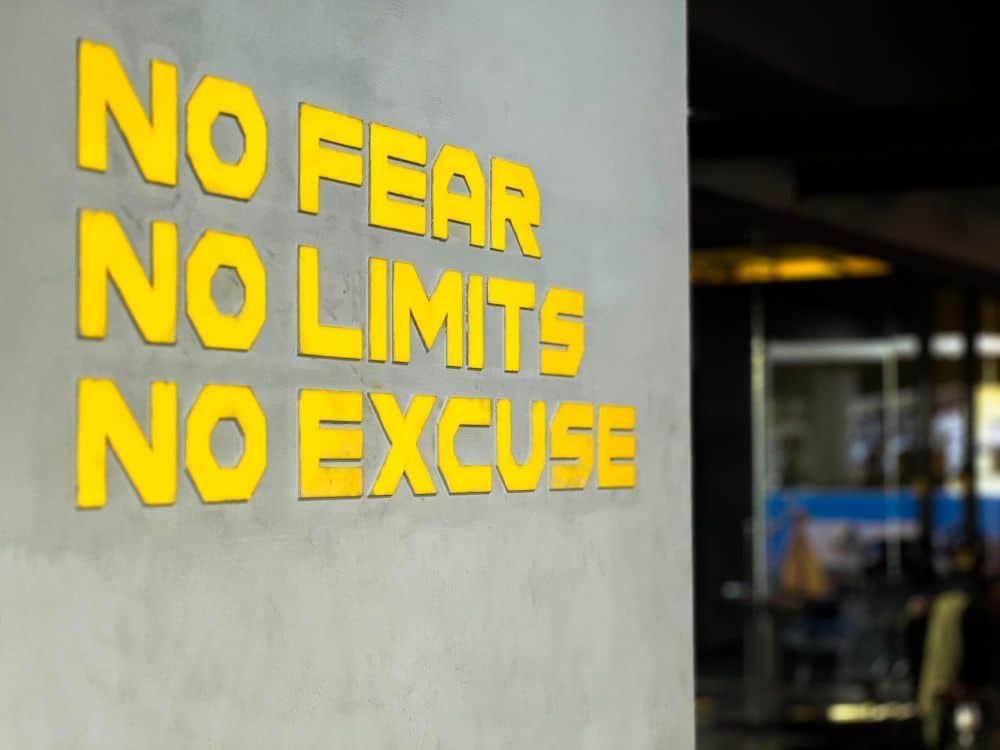Sign Printing: The Art and Science of Visual Communication

Sign printing is a fundamental aspect of modern business and marketing. It’s a practice that blends the art of design with the science of communication to create visual tools that convey information, capture attention, and build brands. In this digital age, where online marketing often takes center stage, the physical presence of signs remains a powerful and versatile way to engage with an audience. This article explores the significance of sign printing in today’s world, from its historical roots to its applications in contemporary business and marketing.
The Historical Roots of Sign Printing
The history of sign printing dates back centuries. Before the advent of digital technology, signs were typically handcrafted, utilizing a variety of materials like wood, metal, and even hand-painted letters. These signs, often created by skilled artisans, served as markers for businesses, directions for travelers, and declarations of identity for establishments. Over time, technological advancements led to the development of different sign printing methods.
One of the breakthroughs in sign printing was the emergence of the printing press, which allowed for mass production of signs. Eventually, the introduction of digital printing further revolutionized the industry. Today, sign printing incorporates a wide array of materials, including vinyl, acrylic, fabric, and metal, with printing techniques like screen printing, UV printing, and large-format digital printing.
The Versatility of Sign Printing
Sign printing is incredibly versatile, making it suitable for various applications. Whether it’s for businesses, events, public institutions, or personal use, there’s a sign for nearly every need. Here are some key applications of sign printing:
- Business Signs: Custom business signs are a crucial element of branding and marketing. They serve as the visual identity of a company and help customers identify and remember a business. Whether it’s the classic neon sign outside a vintage diner or a sleek, contemporary sign adorning a tech startup’s office, business signs play a pivotal role in conveying the character and offerings of a company.
- Retail Signage: In the world of retail, signs are essential for guiding customers to products, promotions, and sales. Attractive retail signage can enhance the shopping experience, direct customers to key areas, and increase sales. In addition to traditional storefront signs, point-of-purchase (POP) signs and banners are widely used to capture attention and communicate special offers.
- Event Signage: Conferences, trade shows, and other events rely heavily on signage for organization and information dissemination. From booth displays and wayfinding signs to banners and backdrops, event signage ensures that participants have a seamless experience.
- Safety Signage: Safety signs are vital in various environments, from construction sites and factories to offices and public spaces. They communicate essential safety instructions and warnings, helping to protect individuals and property.
- Wayfinding Signs: For navigation in large complexes such as hospitals, airports, and shopping malls, wayfinding signs are indispensable. These signs guide visitors to their destinations, making their experience efficient and stress-free.
Sign Printing in Modern Business and Marketing
In the digital age, one might wonder about the relevance of physical signage when online advertising and social media marketing dominate the landscape. However, sign printing remains a crucial component of a comprehensive marketing strategy. Here’s why:
- Physical Presence: Signage provides a tangible presence for a business or event. In a crowded market, a well-designed sign can capture attention, even in a sea of digital noise. It serves as a constant reminder of a business’s existence and offerings.
- Local Targeting: Local businesses rely on physical signage to connect with their community. A well-placed sign can attract foot traffic and help a business become a neighborhood fixture. It’s a direct form of communication with the local audience.
- Brand Consistency: Branding consistency across all marketing channels is essential. Custom signs ensure that a business’s physical presence is in harmony with its online and print materials. This consistency builds brand recognition and trust.
- Eye-Catching Visuals: High-quality sign printing allows for stunning visuals and graphics. Large-format printing technology can produce signs with vibrant colors, high resolution, and intricate details that are impossible to ignore.
- Information and Wayfinding: Signs provide essential information and directions. Whether it’s pointing customers to a new product display or helping conference attendees find breakout sessions, signs make communication clear and effortless.
- Marketing and Promotion: Signs serve as silent salespeople. Beyond providing information, they can promote products, services, and special offers. Think of in-store signs advertising discounts or banners promoting upcoming events.
The Sign Printing Process
The art of sign printing involves several key steps:
- Design: The process begins with the creation of a design. Skilled graphic designers work on the layout, selecting colors, typography, and graphics that align with the brand or message.
- Material Selection: The choice of material is crucial. It depends on the sign’s purpose, location, and the desired lifespan. Common materials include vinyl, acrylic, fabric, metal, and more.
- Printing: The selected design is then printed onto the chosen material using various printing techniques. Large-format digital printers are often used for high-quality results.
- Finishing: After printing, the sign may undergo additional processes such as laminating, mounting, or framing to enhance durability and appearance.
- Installation: Proper installation is essential to ensure the sign is secure and visible. This step varies depending on the type of sign and its intended location.
Key Considerations in Sign Printing
When considering sign printing, several important factors come into play:
- Design Quality: The design is the face of your sign. It should be professional, visually appealing, and aligned with your brand.
- Durability: Consider the lifespan of the sign and the environmental conditions it will face. Outdoor signs, for example, must withstand weather elements.
- Visibility: The sign should be visible and legible from the intended viewing distance. This requires careful consideration of size, typography, and color choices.
- Compliance: Ensure that your sign complies with local regulations and zoning laws. Non-compliant signs can result in fines or removal.
- Budget: Determine your budget for sign printing, as it can vary significantly depending on materials and complexity.
In conclusion, sign printing is a time-tested practice that continues to be a significant aspect of modern business and marketing. It offers a tangible and lasting presence, facilitates local targeting, maintains brand consistency, conveys information, and promotes products and services. By blending art and science, sign printing ensures that businesses and events can effectively communicate with their audiences, capture attention, and leave a lasting impression. Whether it’s a neon sign, a banner, or a directional sign in a hospital, the art of sign printing is a powerful tool for visual communication in the 21st century.
Three Locations to Serve You
Charleston, SC
(843) 552-2626
Columbia, SC
(803) 731-2001
Jacksonville, FL
(904) 724-4321



0 Comments